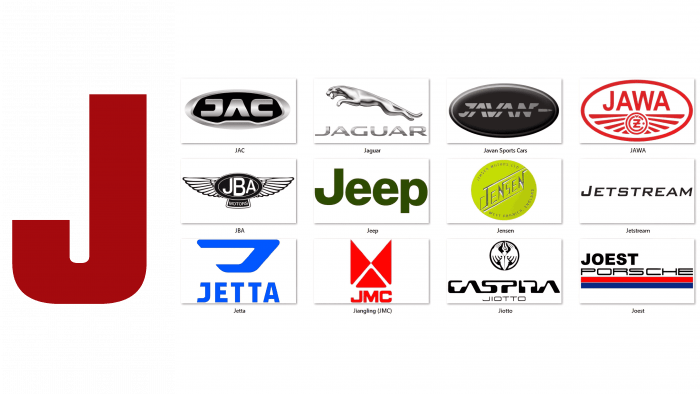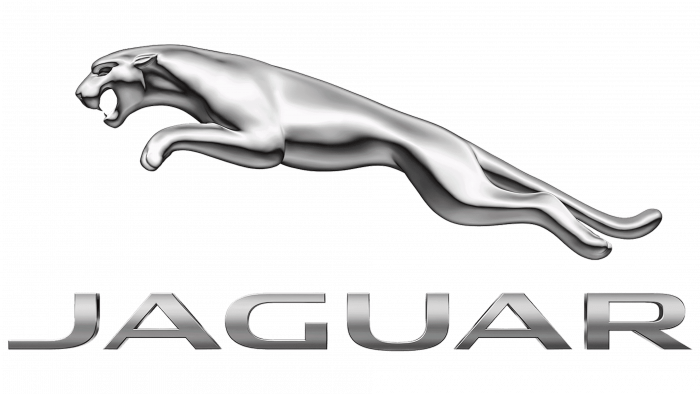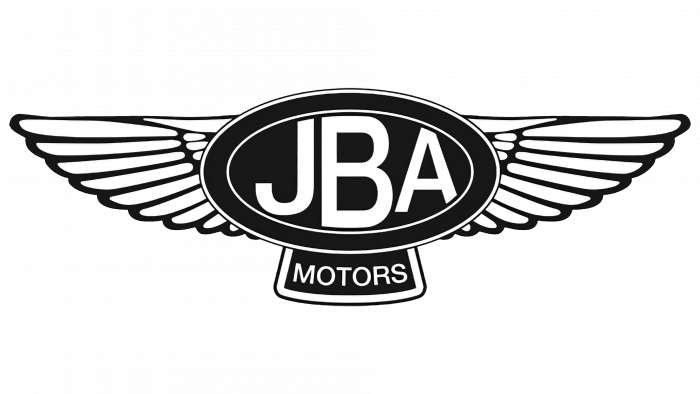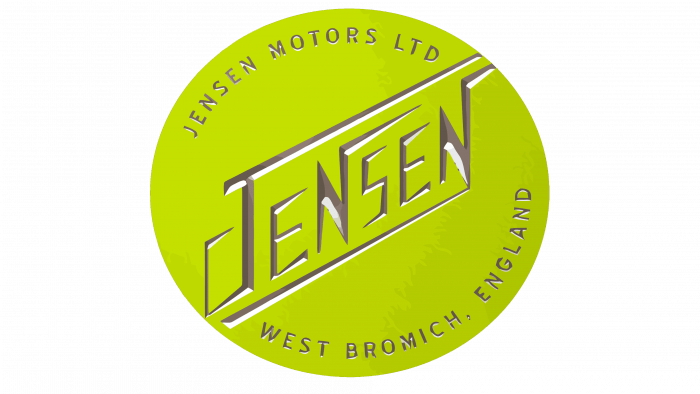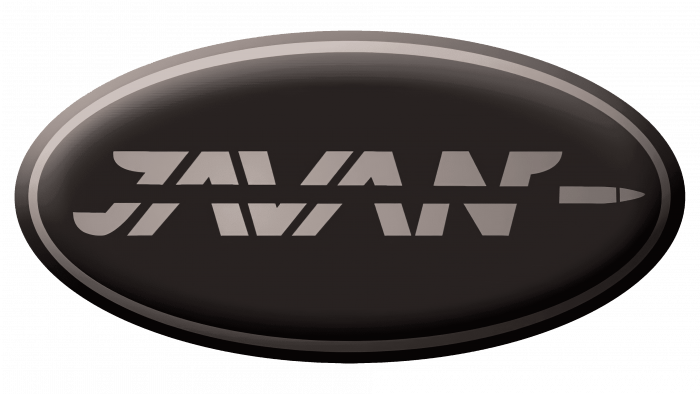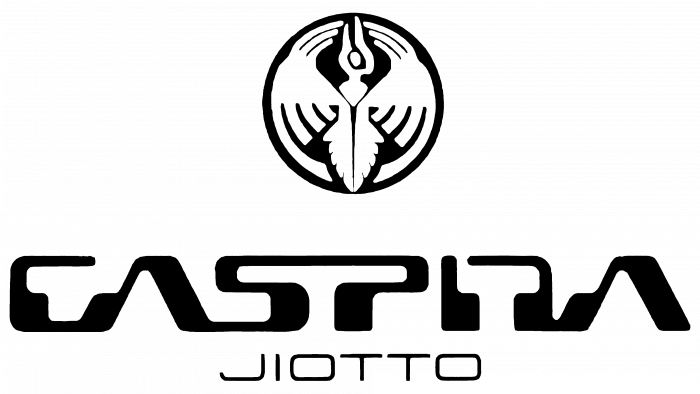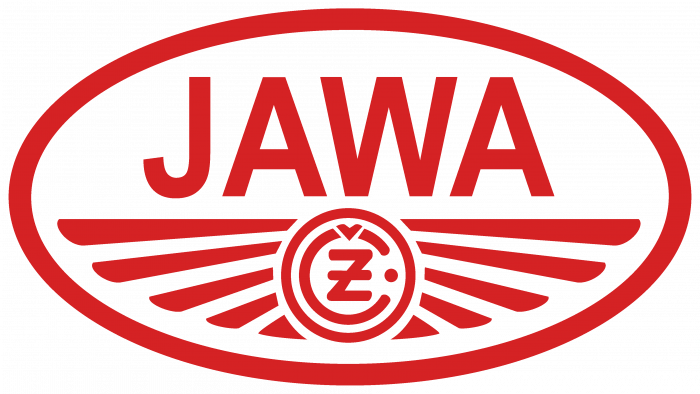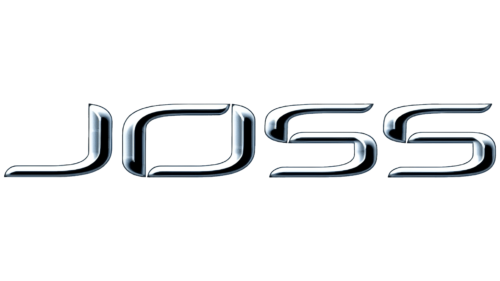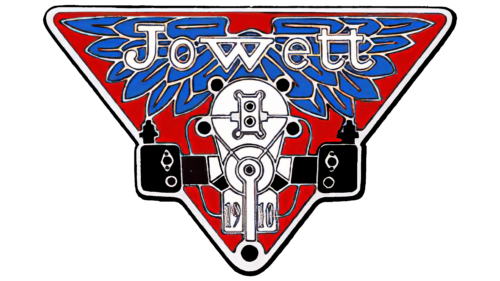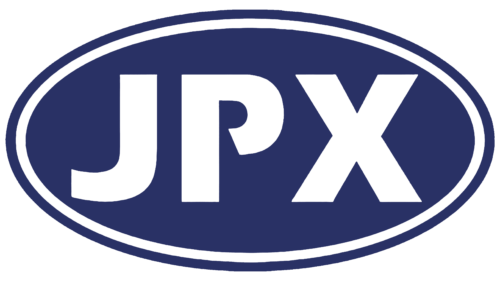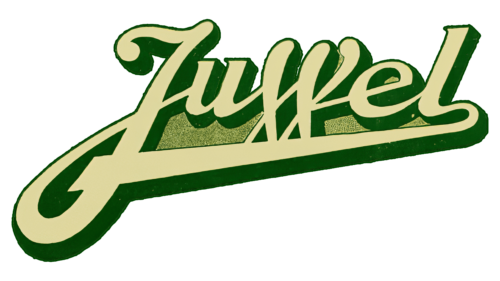The history of automobile brands is as interesting as the history of each person. Observing it and studying it is also fascinating. After all, it is directly connected with the history of development of all mankind. Its failures and successes reflect various stages and aspects of human society, the development of science, and its discoveries. In the last century and a half – since the birth of the automobile industry – people have accelerated despite the constant economic crises that led to two terrible world wars. Despite all the grief and destruction they brought, people were forced to move forward dramatically, reflected in the automobile industry’s development.
Which automobile brands begin with J?
There are a few brands in this group that are particularly important to the history of the automobile industry, which has made memorable contributions both among those that have long since ceased operations and those that are functioning today. These include China’s JAC, Britain’s Jaguar, and the American Jeep of the FCA US LLC division.
Finding the necessary information about automobiles can often be challenging and sometimes impossible. Leftover scraps of information, newspaper clippings, old photographs, or posters are sometimes all that can be found, especially about the early automakers of the late 19th and early 20th centuries. But what can be said about such a distant past if even modern information is difficult to understand without being organized? Brands are constantly merging, reselling, and renaming for cost-effective solutions. Some enterprises are closed, and others are formed on their basis. All this complicates the search, getting a real picture of the general movement in the automotive industry.
Having complete and systematized information about each brand, big or small, which has contributed to the history of the automotive industry, will save time on the search, opening up a wide range of opportunities to achieve different goals. In-depth knowledge in this field will allow you to create the right strategy for the company’s development, eliminating past mistakes. Fans will be able to learn more about the history of the brand. This is important for collectors and professionals. However, such information is especially needed for those who are going to buy a car and are facing the choice of which brand to favor.
This is convenient if you arrange the information alphabetically, where each brand is presented in the group of the letter with which its name begins. You can immediately notice that some letters are more attractive to company founders and represent many enterprises. Others are less common in names. These include the letter “J,” which is more common in abbreviations or monograms that form the emblems or logos of automobile brands.
JAC
In September 1999, the Chinese automobile manufacturing company JAC – Anhui Jianghuai Automobile Co, Ltd was formed with headquarters in Hefei, China. The state-owned enterprise was formed based on the Hefei Jianghuai automobile plant in 1964. The company produces passenger cars and buses. The brand still exists today, having turned into a high-tech production facility among the country’s top five largest automotive enterprises. In 2014, construction of a production line in India began. An electric vehicle plant is being prepared in collaboration with Volkswagen in 2019.
Jaguar
The British brand Jaguar Land Rover, founded in 1922 by William Lyons and William Walmsley, like the Swallow Sidecar Company in Coventry, UK, has left a significant mark on the history of automobile manufacturing. Motorized carriages were produced. After the Second World War, the company’s name was changed to Jaguar. In 1966, there was a merger with British Motor Corporation and then with Leyland Motor Corporation. In 1984, the Jaguar brand was spun off from the merger and was acquired by Ford in 1990. In 2008, the brand was sold to Tata Motors. Until its closure in 2012, the company provided transportation for the Prime Minister’s office, Queen Elizabeth II, and Prince Charles.
JBA
The British automobile brand JBA Motors was officially registered in Norfolk, England, in 1979 under the name JBA Engineering. The abbreviation of the name comprised the first letters of the founders’ surnames—Kenneth Glyn Jones, John Barlow, and David George Ashley. The company was created to restore British premium cars produced before the Second World War, such as the 1982 JBA Falcon Roadster, 1985 JBA Javelin, 1991 JBA Sports SR, and 1994 JBA Falcon TSR. The brand was put up for sale in 2006.
Jeep
Today, the Jeep brand is manufactured by the Italian-American company Fiat Chrysler Automobiles. Founded in 1941 in Toledo, Ohio, USA, to fulfill defense orders for the production of military vehicles, the company began with the production of Carl Probst’s engineering car, the Bantam BRC 40, assembled in 1940 at Bantam’s U.S. facility. Then, the improved models were transferred to Willys-Overland and Ford Motor Co. Since 1957, this name became the official trademark. Until then, cars were produced under the Willys badge. Today, SUVs – full-size and crossovers- are produced under this brand.
Jensen
Jensen Motors Ltd. has produced sports cars since 1934 in West Bromwich (UK). Among the brand’s most famous products is the Jensen FF, the first production passenger car equipped with permanent all-wheel drive and ABS, without being an off-roader. In 1959, the brand was taken over by the Norcros Group. Jensen ceased to exist in 1976. However, part of the company continued to operate until 1990, producing the Interceptor model. 1998, the brand was revived with the S-V8 convertible model, assembled at the Reddish plant. In 2002, production was closed down. In 2010, Jensen International Automotive (JIA) was founded to revive the Jensen Interceptor by completely restoring previously produced cars.
Javan Sports Cars
The history of the British brand Javan Sports Cars Limited begins in 2002 as Two-Thirds Limited, based in Clifton, Bristol, UK. In 2005, the brand was renamed. That year, cars and kits appeared under the Javan TM. The first was the Javan R 1, an open-top racing speedster, a redesigned version of the car produced by Strathcarron Sports Cars. The novelty was produced in a quantity of 4 copies. In 2012, the release of a new model, which went into the development stage, was announced. A year later, the brand moved to the town of St. Columb Major in Cornwall.
Jetstream
2008 Jetstream, a new sports car manufacturer, appeared in Britain. It was founded by John Donnelly and is based in Redruth, Cornwall, England. It made an immediate statement with the launch of the Jetstream SC250 road and track model, which was developed in 2006. It is distinguished by a “toy” appearance, under which a “hidden” power plant with an output of 250 hp. It is a two-seat open car with rear-wheel drive. 2008, the company presented a prototype at the Autosport International Show at the NEC, Birmingham.
Jiotto
Jiotto Design is a Japanese sports car design brand. The company was founded in 1988 under Minoru Hayashi’s leadership in Maihara, Japan, and lasted until 1998. The brand is best known for its vice president and chief designer, Kunihisa Ito, who designed the Jiotto Caspita (Mk I) sports model, dubbed “F1 on the road.” Wacoal Corp president Yoshikata Tsukamoto and DOME president Minoru Hayashi had the idea for such a car, and they formed a joint venture to implement their idea—Jiotto Inc.
Joest Racing
Joest Racing is a racing sports team from Germany, founded in 1978 by Reinhold Joest, a retired test driver. The team was headquartered in Wald-Michelbach, Germany. The team had its factory, which repaired and modified cars. At the factory in 1981 was created a racing car Joest 935/78, named Moby Dick, which participated in the race “24 Hours of Le Mans”. The model was based on the Porsche 936 and was produced until 1983.
Jetta
In 2019, Volkswagen Group and FAW Group founded the Jetta automaker in Changchun (Jilin Province, China). Its mission is to produce new models of economy-class cars that are affordable but safe and high-quality, with a concise design characteristic of Volkswagen models. The brand will also apply new approaches to selling its products – digital showrooms, its own sales centers, and mobile delivery by truck. Production will take place at the parent company’s plant in Chengdu. The plan for the first editions includes the VA3 sedan, VS5 compact SUV, and VS7 SUV.
JAWA
Czechoslovakian brand JAWA is known for its stylish and practical motorcycles. Founded by František Janček in 1929 in Prague, Czechoslovakia, and headquartered in Tynec nad Sazava, Czech Republic, the brand has become a well-known motorcycle manufacturer exported to more than 120 countries. The brand’s name was composed of the first letters of Janeček and Wanderer, the brand name bought by the founder. 1934, the company created its first car based on DKW – JAWA 700. In 1937, a modification of JAWA 600 Minor was created. The cars were produced during the Second World War. Assembly of ready-made kits continued for some time and in the postwar period.
Jiangling (JMC)
The Chinese automobile brand Jiangling Motors, whose cars are produced under JMC, was founded in 1968 and still operates today. Today, its headquarters is located in Nanchang (Jiangxi Province, China). Since 1997, the brand has been part of a joint venture with Ford Motor Company. It is also involved in the joint production of passenger cars with Changan, Jiangling Motor Holding, which goes under the Landwind TM. In 2010, the company developed and released its SUV, JMC Yusheng.
Jetour
Jordan
JOSS
Josse
Jowett
JPX do Brasil Ltda.
Juwel
FAQ
What cars begin with J?
JAC Motors manufactures many vehicles in Hefei, China, including cars, trucks, and buses. Since its founding, it has expanded to include electric and heavy-duty trucks, meeting needs worldwide.
Jaguar is a renowned British luxury car manufacturer known for its sleek and powerful cars. Models like the XF and F-Type are favorites for their style and technology, including electric variants like the I-Pace.
JBA Motors in the UK specializes in kit cars and replicas that combine classic British design with modern performance.
Jeep is famous for its powerful SUVs, originally designed for the military. Models like the Wrangler and Grand Cherokee combine comfort and reliability to appeal to adventurers and families alike.
Jensen Motors was known for its sports cars, such as the Interceptor, which combined performance and luxury. Although they stopped producing cars in the 1970s, they are still treasured today.
Javan Sports Cars specializes in lightweight, high-performance vehicles designed for driving pleasure. These vehicles are reminiscent of traditional racing cars but suitable for everyday roads.
Jetstream Motorsport is a small company with a passion for sports cars and a focus on improved performance and handling. They tune cars to improve their aerodynamics and performance.
Jimenez Novia may not be well known, but he is recognized for his unique car designs, including rare W16 engines.
What is the electric car that starts with the letter J?
The Jaguar I-PACE is an all-electric SUV. It’s fast and agile, making it a pleasure to drive. It includes advanced features that make it eco-friendly without sacrificing power. The interior is spacious and uses high-quality materials, as you would expect from a luxury brand. Its long-life battery provides a long-range at a single charge, ideal for daily commuting and long trips.
What expensive cars start with the letter J?
The 1956 Jaguar D-Type is one of the most expensive cars, starting with the letter “J,” fetching nearly $22 million at auction in Monterey.
Another expensive car is the 2005 Jeep Hurricane Concept, which costs about $2 million.
The concept of “most expensive” varies depending on economic conditions and production period. What was once expensive may be viewed differently today.
